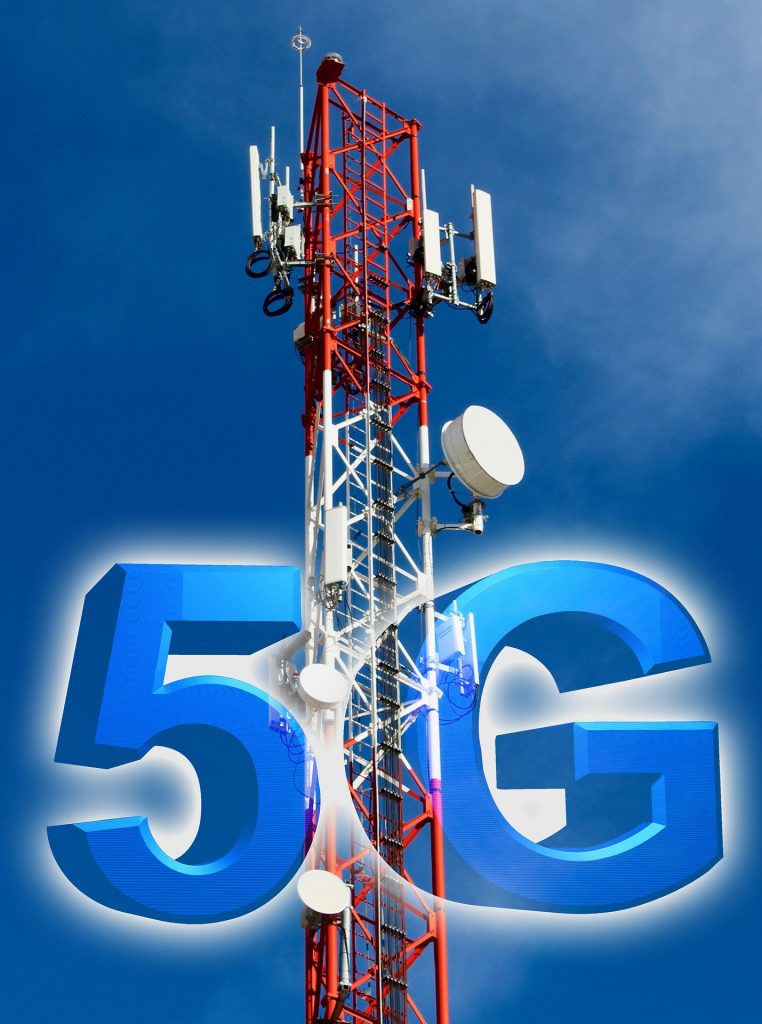As we come to the end of another busy year in telecoms, there have been some helpful developments in the 5G space that will enable the industry to move forward. Business technology journalist, Antony Savvas gives a rundown.
Trust
The Trusted Connectivity Alliance (TCA) has updated its ‘Recommended 5G SIM’ technical definition to align with the latest features and use cases introduced by 3GPP’s Release 17.

The ‘tamper proof’ offering allows operators a way to safely unlock the full suite of advanced 5G services from the very start of their migration plans. The alliance includes the likes of Card Centric, COMPRION, Eastcompeace, Giesecke+Devrient, IDEMIA, Kigen, Linxens, NXP Semiconductors, Oasis Smart SIM, Qualcomm, STMicroelectronics, Thales, Valid, Workz Group and Wuhan Tianyu.
The alliance’s SIM/eSIM standards are designed to address the core security challenges operators face beyond network access to support “seamless 5G migration”.
Building on 5G Phase 2 (3GPP Release 16), the latest updates align with 3GPP Release 17, and include supporting satellite telecoms for non-terrestrial connectivity and unlocking mobile broadband and private 5G networks for homes and businesses.
There is also an expanded New-Radio SideLink for growing Internet of Things (IoT) use cases in the automotive industry, and “ultra-reliable low latency services” and RedCap (NR-Lite) for other expanding IoT, eHealth, public safety and mission-critical use cases.
In addition, there is improved roaming support, and operators can not only upgrade the radio access network (RAN) portion of their infrastructure, but their full network, for a full, standalone 5G service offering, says the alliance.

“TCA’s ongoing work to enhance the Recommended 5G SIM technical definition is enabling operators, vendors and the wider IoT ecosystem to unlock further benefits from 5G deployments,” says Claus Dietze, chair of the TCA Board. “As 5G use cases continue to expand, a key priority is promoting trust and confidence across the ecosystem through advanced security and robust privacy protections.
“TCA is putting operators on the front foot to address emerging challenges and increasing complexity.”
Security
To further enhance operator safety, telecoms security services provider SecurityGen has launched its 5G Cyber-security Lab. The lab is designed to help MNO (mobile network operator) security teams prepare and protect their networks against potential security threats.
The lab is a compact simulation of a 5G environment, enabling MNO security teams to explore and expand their knowledge of 5G and the range of threat vectors associated with it, and allowing them to test and validate solutions and techniques to ensure the safe and secure roll-out of 5G networks and use cases.

SecurityGen chief technology officer (CTO), Dmitry Kurbatov says: “To accomplish something new, you must properly understand the subject. This applies to 5G networks as well.
“With our lab, security teams can gain an in-depth understanding of the ways in which 5G can be hacked, and it helps them define a list of security requirements and efficient ways to protect the network against potential threats.
“While there are plenty of simulation platforms for IT available, the 5G Cyber-security Lab stands out because it simulates telecom infrastructure, which is significantly different from IT network environments.”
Compliance
Vodafone has deployed “synthetic data” working to make it more data compliant.
There are widespread concerns that the simple anonymisation of real operational and customer data in testing can still lead to security leaks, with clues left in it for hackers to exploit.
Synthetic data created with artificial intelligence (AI) from actual datasets helps companies safely test new services and share datasets across countries and teams. It supports corporate data governance and adherence to privacy regulation, particularly important as telcos step up their 5G roll-out testing.

Synthetic data allows companies to digitally generate the data they need, on demand. The size of the data set and the specifications can be tailored to the use case. This can dramatically increase the speed at which ‘big data’ projects can be completed.
The initial Vodafone project saw Vodafone Group R&D and Vodafone UK use specialist software from Hazy, for training and testing machine learning models for customer value management.
These machine learning models were previously trained using large amounts of customer data, which can be a slow process.
The Vodafone Group R&D team used both internal metrics and the Hazy software built-in metrics to evaluate the generated synthetic data. The synthetic dataset preserved the performance of the machine learning model, saving the team time, cost, and, in some cases, even increasing the model performance, says Vodafone.
“We are looking forward to building on this success to operationalise the value of synthetic data across the Vodafone group,” says Harry Keen, CEO at Hazy.
C-RAN
C-RAN (Cloud-RAN) is a centralised, cloud computing-based solution for radio access networks, and BT has just announced it intends rolling out the technology to serve hyper-local 5G use cases.

C-RAN architecture gives mobile connectivity providers greater flexibility over the composition of deployments, while making the service delivery units more compact.
The BT Wholesale business unit is using the UK city of Leeds in West Yorkshire to trial C-RAN, which can be fitted to existing street-furniture, such as lampposts or CCTV locations, to deliver a 5G signal.
The trial C-RAN deployments, using specialist software, are currently being used by the EE and Three mobile networks.
“This trial represents another step in transforming connectivity for the future and will help us better understand how 5G can best be delivered to meet demands,” says Alex Tempest, managing director of BT Wholesale.
As well as enabling locals and visitors to access faster, more reliable speeds, the technology could be used to support community use cases, such as virtual classrooms, air quality and pollution monitoring, and improved support for assisted living, says BT.
Need for speed
Nokia and A1 Austria have today announced they have successfully verified carrier aggregation (CA) in a 5G Standalone (SA) trial network in Austria, reaching a thumping data rate of 2Gbps.
CA allows mobile operators to reach higher throughput and better coverage by combining different spectrum frequencies to efficiently utilise their spectrum assets. A1 says the technology will deliver a superior 5G experience to its subscribers.
Many operators are relying on sub-6 GHz spectrum for 5G. The lower frequency bands provide the best coverage and the higher frequency bands typically enable higher throughput, whereas the mid-band frequencies provide a good combination of both.
With CA, A1 was able to increase the available bandwidth for mobile users by combining the power of its spectrum assets. For carriers generally, CA can potentially help bring down the cost of deploying 5G networks.
The trial used Nokia’s AirScale 5G baseband, a 5G smartphone and commercial 5G CPE over A1 Austria’s 5G network. It combined two mid-band carriers in the 3.5 GHz TDD band (n78) and one capacity carrier in the 2100 MHz FDD band (n1), for a total bandwidth of 160 MHz through carrier aggregation. The peak downlink data rate achieved in the trial was 2Gbps.
“This trial is an important milestone as we continue to deliver on our strategy of bringing best-in-class 5G services to our subscribers. Maximising our spectrum assets will enhance coverage, capacity and performance,” says Alexander Stock, CTO at A1 Austria.
All these developments point to a very interesting year ahead in the 5G business world.
Comment on this article below or via Twitter: @VanillaPlus OR @jcvplus







